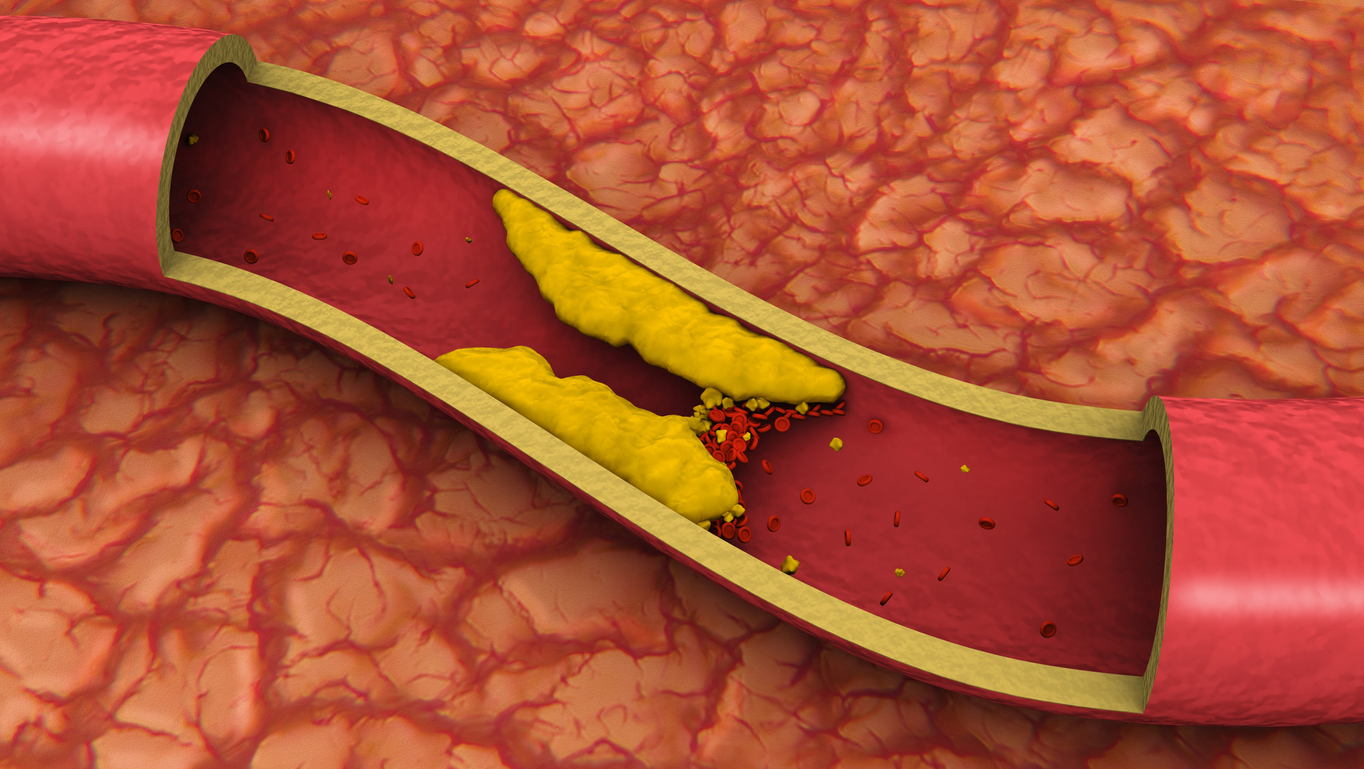The ability to clot the blood is important to prevent you from severe bleeding after a minor injury. Once the wound has healed, the body will break down and remove the clot. Sometimes, however, blood clots occur in places that block oxygen and blood flow, which can cause serious damage or even death. Dr. Chris Pittman, of Vein 911 in Tampa, Florida, explains the dangers of blood clots.
Circulatory System Basics
The circulatory system is often compared to plumbing – the heart is the pump and the arteries and veins are the pipes that carry blood to and from the body cells. Arteries are smooth-walled and have much higher internal pressures than veins. Veins contain tiny flaps of tissue called valves. The valves prevent back-flow of blood in the brief pause between heartbeats. If the valves fail (become incompetent), blood pools in the legs, causing the swollen, tortuous veins known as varicose veins. Many people have no symptoms or problems from varicose veins, but others may develop problems like venous thromboembolism (VTE). VTE can increase the risk of blood clots.
Who’s at Risk of Blood Clots?
Muscle contractions normally help push blood back to the heart. VTE risks tend to rise if you are hospitalized because you are less active. People who have cancer and are receiving chemotherapy also have an increased risk of VTE. Autoimmune diseases like lupus or HIV are another potential risk factor. Varicose veins may increase the risk of VTE in some individuals. People who smoke – or use any form of nicotine – those who are obese and those who are sedentary are at higher risk of developing varicose veins. Pregnancy, the use of hormonal birth control, sex, race, and ethnicity are all risk factors for blood clots as well. Men and African Americans are more likely to develop blood clots.
Dangers of Blood Clots
Small blood clots can occur anywhere in the body. These often cause no problems and may eventually be reabsorbed by the body. The two biggest dangers of blood clots are that a blood clot may become large enough to completely block an artery or that a part of the blood clot may break loose. The normal path of the circulation is to go from the heart to the lungs and then back out to the rest of the body. Blood then returns to the heart through the veins and large blood vessel called the vena cava. A blood clot that breaks loose can travel to the lungs or brain. The first condition is called a pulmonary embolus (PE) and the second is known as a stroke.
Pulmonary Embolism and Stroke
Both a PE and a stroke are considered life-threatening events. Symptoms of a PE include chest pain, shortness of breath and a dry cough. The person may feel lightheaded due to low oxygen. A fast heart rate, or palpitations, are also common. The respiratory rate rises in an attempt to get more air into the body. People with a PE may gasp for breath. With a severe PE, the person may suddenly collapse. Stroke symptoms include a severe headache, confusion, visual changes, and diminished sensation and movement in one or more extremities. Immediate medical treatment is vital for survival.
Proper management and treatment of varicose veins can help prevent PE and stroke as well as other possible complications. Most of the treatments are minimally invasive and can be performed in a doctor’s office. Downtime from these procedures is minimal. If you are concerned about varicose veins, please contact us at Vein911® Vein Treatment Centers. Dr. Pittman can assess your situation and make recommendations for vein treatment.

